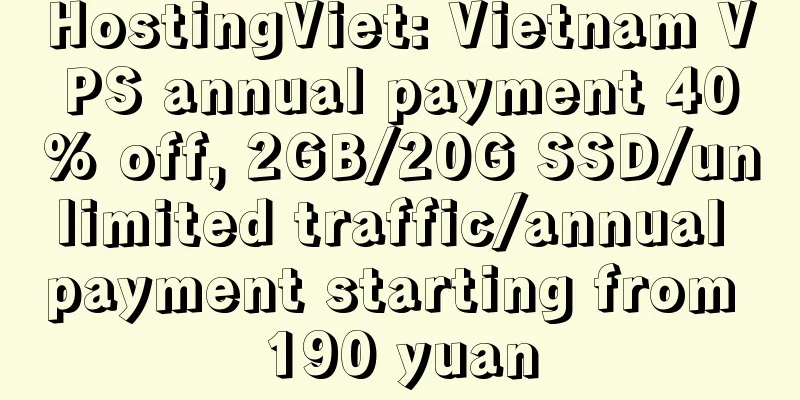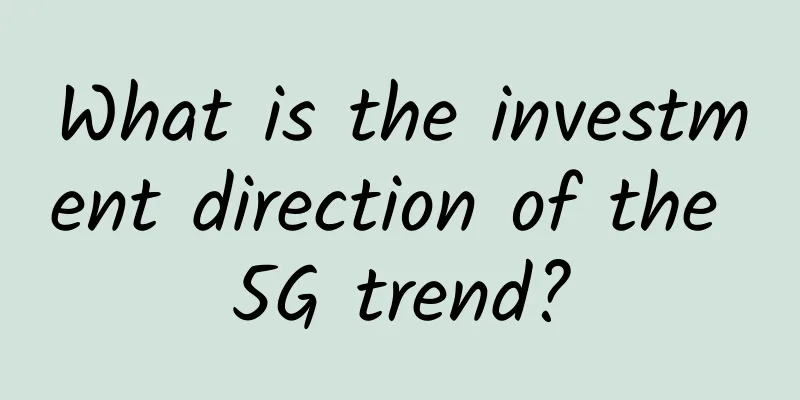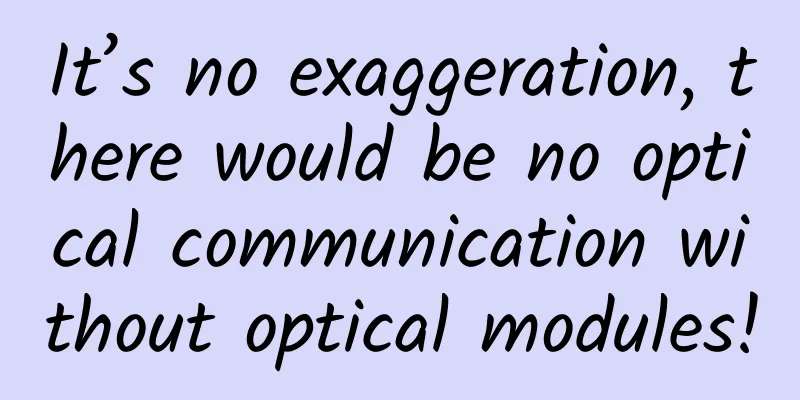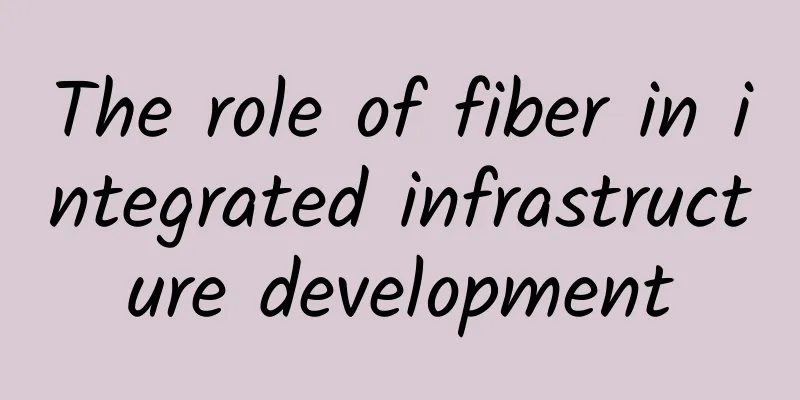China's communications industry is working together to accelerate the layout of the 5G era
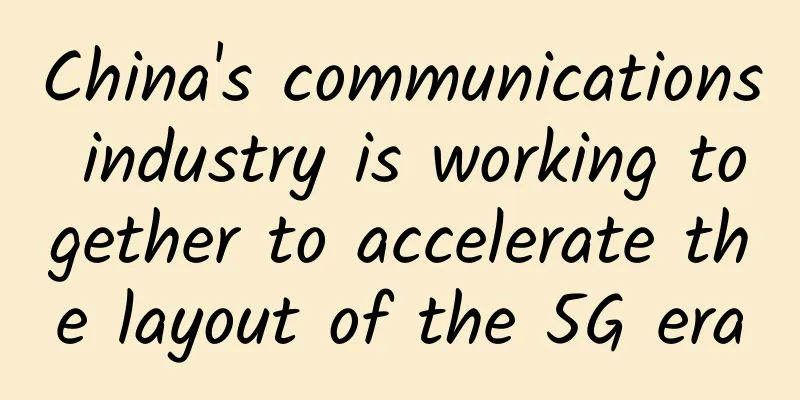
|
In the discussion of 5G short code solutions at the 3GPP RAN1 87th meeting, the Polar Code solution led by Huawei defeated Qualcomm's LDPC and France's Turbo2.0 with the support of 59 representatives, becoming the coding solution for the 5G control channel eMBB scenario. This can be regarded as the biggest breakthrough for Chinese companies in mobile communication technology. For a time, remarks such as "Huawei has won the 5G era" and "China's 5G has completely ended Western standards" swept major social platforms, and then the capital market also responded with a small climax, and the 5G concept sector was almost all red. However, as the incident cooled down, many professionals in the communications field began to question it, believing that this was a deliberate "hype" by Huawei and that coding was only part of the 5G era. In fact, Huawei never took the initiative to take credit. It only issued a company news announcement titled "3GPP confirms Polar code as the 5G control channel coding scheme" the day after the coding scheme was determined. The wording was modest and did not cater to netizens and give Polar code epoch-making significance. The relevant person in charge of the company even said that the "praise and killing" of self-media is not conducive to the future progress of Chinese companies in promoting 5G. Huawei started 5G-related technology research and development in 2009, and plans to invest another $600 million by 2018 to promote development work. Since 2010, it has invested $8 million in the Ottawa Research Center focusing on 5G technology, mainly for the research and development of 5G technology. In 2013, Huawei's R&D investment reached 30.672 billion yuan, accounting for 12.8% of its annual revenue, a considerable part of which was used for 5G research. At the end of June 2014, Huawei became a member of the board of directors of the 5G European Infrastructure Association and one of the founding members of the UK 5G Innovation Center (5GIC), actively promoting the development of the 5G industry both internationally and domestically. In 2016, Huawei and China Unicom successfully conducted a joint 5G test, further strengthening the open cooperation between the two sides in the 5G field. Long-term high R&D investment helped Huawei win the short code standard for the 5G control channel, and also reflected the national power behind the right to speak on standards. In the mobile communications industry, it is not the equipment manufacturing capability or commercial capability that occupies the top of the pyramid, but the standard-setting capability. According to previous media reports, when the 3G standard was formulated, the United States and South Korea dominated CDMA2000, and Europe promoted WCDMA. The two sides argued endlessly, making China's TD-SCDMA one of the 3G standards. When formulating the 4G standard, Qualcomm and Intel competed, resulting in the failure of the two standards advocated by the United States to become 4G standards, which ultimately allowed China's TD-LTE to stand out. One of the important topics at the first Global 5G Conference held in 2016 was to form a globally unified 5G international standard. If the 4G era was a competition of the right time, right place and right people in the domestic market, then in the 5G era, it is necessary to stand in the global pattern and face the direct challenges of major established giants. At this 3GPPRAN1 87th meeting, the Polar code recommended by Huawei was determined as the coding scheme for the control channel in the 5G control channel eMBB scenario, while the uplink and downlink short code schemes of the data channel still belong to Qualcomm's LDPC code. Everyone neither wants Qualcomm to maintain its monopoly in standard setting, nor does anyone want China, which has one-third of the world's mobile phone users, to start a new one. Therefore, it is both expected and reasonable for Huawei to win the short code standard. This time, Huawei's Polar code won out over its two major competitors, LDPC promoted by the United States and Turbo 2.0 promoted by France, and became an international standard, which is a manifestation of the rise of China's communications power. Huawei led 51 companies to sign the agreement, while Qualcomm, which ranked second, only received support from 37 companies. In the crucial vote, Huawei's domestic competitor ZTE gave great support, and China Telecom, China Mobile, China Unicom, Datang Telecom, and Xiaomi, vivo, OPPO, Lenovo, and Coolpad, which are fiercely competing with Huawei in the mobile phone business, also supported Huawei. In fact, China has already begun to prepare for the arrival of the 5G era. With the support of the "863 Plan" and major national science and technology projects for 5G, China has completed research on overall technology, network architecture, spectrum, etc. since 2014. The "Made in China 2025" released in 2015 has made arrangements and arrangements for a comprehensive breakthrough in 5G technology. In addition, the "13th Five-Year Plan" issued by the State Council also clearly stated that it is necessary to actively promote the development of 5G and launch 5G commercial use in 2020. The fact that Polar code has become an international standard means that Chinese communications companies led by Huawei have a stronger voice in the field of key communications technology in the 5G era. For Chinese communications companies, the most direct benefit is that the initial investment is transformed into a first-mover advantage in technology. On the other hand, these alliance manufacturers will have advantages in patent licensing in the future, including cost, technical support, etc. The "Chinese Legion" that supports Huawei's solution will have the opportunity to obtain more favorable or free Huawei patent licenses. From 2G to 3G and now to 4G, my country's mobile communications industry has made great progress, far surpassing other countries in terms of network scale and number of users. As an important foundation for the future world of the Internet of Things, 5G has attracted global attention. It is not just a simple mobile communications network, but also an infrastructure to support the future economic development of all countries. In Huawei's journey to compete for the right to speak in international mobile communications standards, we can see the huge opportunities and challenges faced by China's manufacturing in the process of transforming from labor-intensive and resource-intensive to knowledge-intensive and capital-intensive. Huawei's winning of the short code standard this time is only an important step. Against the backdrop of supply-side reform, we should continue to pool the country's strength, do a good job in the top-level design of 5G, promote the formulation of 5G standards, accelerate the layout of the communications industry, and calmly welcome the arrival of the 5G era. |
<<: Can't connect to Wi-Fi? Tsinghua University has developed the "ultimate solution"
Recommend
Practical VPC Network Planning on the Cloud
What is VPC Virtual Private Cloud (VPC) is a priv...
Multiple Choices for Internet Communication: Do you really know how to make phone calls?
"Do you really know how to make phone calls?...
5G rumors are spreading, and this time it is India that is hurt
In the past two years, the attention and populari...
With the arrival of 5G, will enterprise-level networks disappear?
Reader Question: Although I am also in the IT ind...
Huawei Enjoy 10S hands-on review: good looks, photography, and battery life
Data released by market research firm QuestMobile...
HostYun New Product: Hong Kong Native IP Large Bandwidth KVM Monthly Payment Starting from 19.8 Yuan
HostYun is a Chinese hosting company that has bee...
Internet medical care is emerging. Should HIS be "repaired" or "completely reconstructed"?
During the COVID-19 outbreak, Internet medical se...
One picture shows the relationship between China Mobile, China Unicom and China Telecom
Now China Mobile, China Telecom and China Unicom ...
AI and 5G synergy: Unleashing the full potential of the digital age
In the evolving technology landscape, two breakth...
Wenku: 5G terminal connections have exceeded 200 million
On December 24, 2020, at a press conference held ...
Latest report: China will account for nearly half of the world's 5G connections in 2025
According to the latest "2021 Global Mobile ...
OneTechCloud VPS for the school season is 20% off starting at 21 yuan/month, US CN2 GIA&9929/Hong Kong CN2&CMI large bandwidth/high defense optional
OneTechCloud (Yikeyun) brings you a discount code...
DogYun New Year Promotion: 30% off on Elastic Cloud/20% off on Classic Cloud, starting from 16 yuan/month, top up 100 yuan and get 10 yuan free
The Lunar New Year is here, and DogYun has launch...
OneTechCloud: 20% off on all VPS monthly payments starting from 22 yuan/month, Hong Kong CN2&CMI/US CN2 GIA&9929/High Defense optional
OneTechCloud (Yikeyun) offers a 20% discount code...
What are the main reasons why enterprises turn to fiber optic networks?
The invention of fiber optic cables has revolutio...

